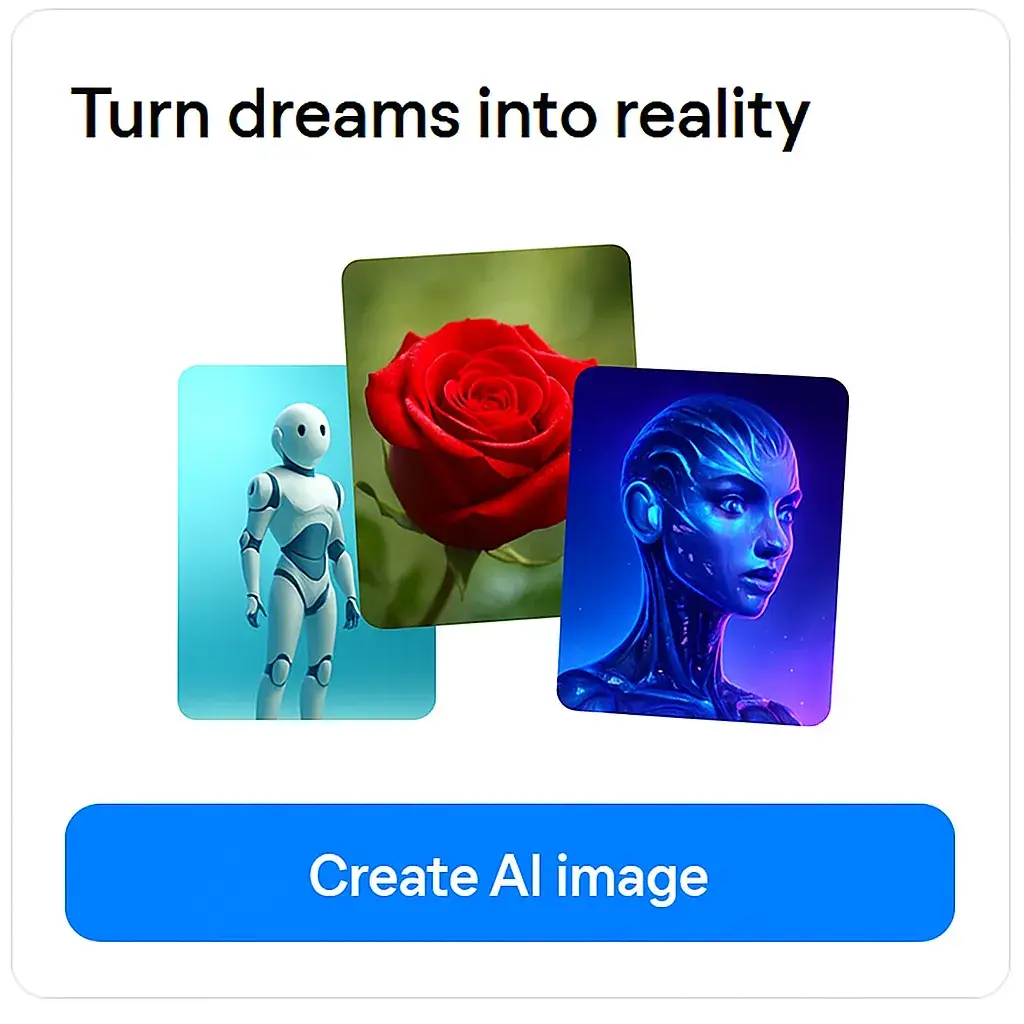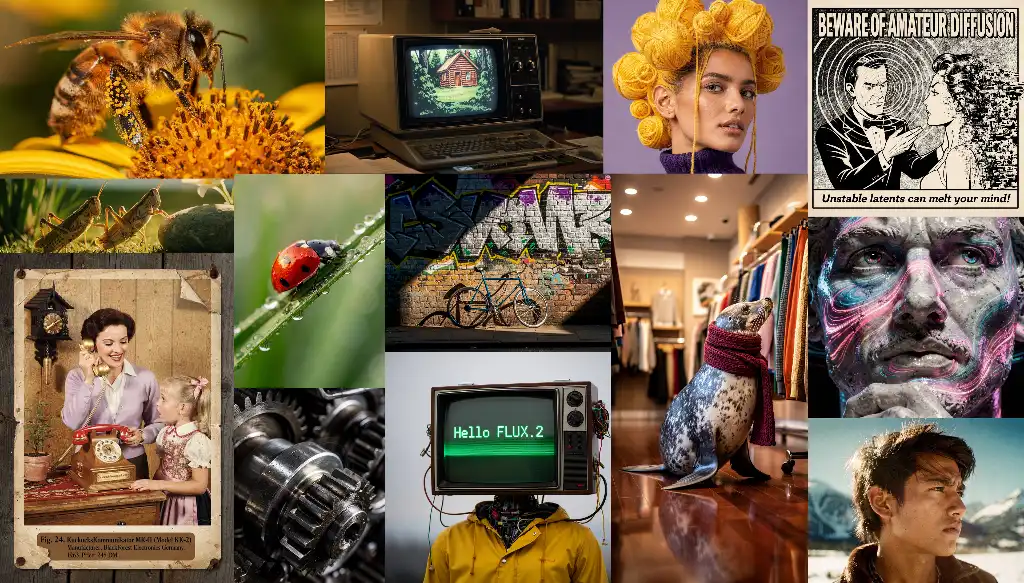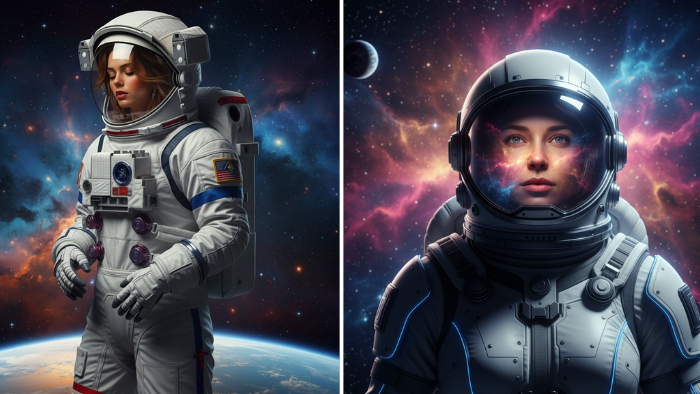
I’ve been fascinated by the rapid evolution of AI coding tools and their impact on how we create digital experiences. What began as simple code completion has transformed into sophisticated collaborative systems that reshape not just how developers work, but who can participate in creation. Here are some key insights and forward-looking thoughts.
🧩 AI Coding: More Than Just a Programming Shortcut
- Beyond autocomplete: Early AI coding was seen as a keystroke saver for experienced developers. Today, it’s a new interface between human intent and computer execution.
- Augmenting existing workflows: Developers who once turned to Stack Overflow now enjoy contextual, environment-aware suggestions via GitHub Copilot, Cursor, and similar tools. The shift is from “copy-paste solutions” to dynamic conversations about implementation.
- No-code collaboration: At Promptus, even non-coders express creative intent in natural language, and our AI translates instructions into functional workflows via Cosyflows. ✨
💻 The Changing Role of Developers in an AI-Assisted World
- From line-by-line coding to specification writing: Developers increasingly act as architects, describing features in natural language, refining AI outputs, and verifying results.
- Verifiability accelerates adoption: Code either works or it doesn’t—this clear feedback loop has driven AI coding tools ahead faster than many other AI applications.
- Economic impact: With ~30 million developers worldwide generating trillions in value, even modest productivity gains are huge. Promptus data shows similar efficiency boosts in creative domains when users leverage AI effectively.
🌈 Bridging the Gap: How AI Coding Is Democratizing Creation
- “Vibe coding” for non-developers: Natural language instructions can generate functional software, lowering barriers much like visual workflows do for design.
- Value of fundamentals: While AI enables rapid creation, understanding basic programming concepts—or design principles in visual work—remains valuable for troubleshooting and customization.
- Hybrid future: Neither pure natural language nor traditional code will vanish. Instead, environments will blend both—just as Promptus’s MoMM system combines multiple AI models in a single workflow, future IDEs may mix natural-language specs with code seamlessly.
🔮 Looking Forward: The Next Evolution of AI-Assisted Creation
- AI as an abstraction layer: We may reach a point where describing concepts in human terms reliably translates to computational instructions, fundamentally changing how people interact with technology.
- Unlocking broader creativity: Just as Promptus lets anyone create sophisticated visuals without deep technical knowledge, future AI coding tools could empower anyone to build applications by simply describing desired functionality.
- Role of education: Technical fundamentals remain crucial—understanding underlying concepts allows creators to push AI-generated outputs further. Yet the initial barrier drops dramatically, inviting more participation.
If you’re curious to experience this creative empowerment today, try Promptus at https://www.promptus.ai and choose between our web platform or dedicated app based on your workflow preferences.
🤝 The Human-AI Creative Partnership
AI coding doesn’t replace human creativity—it amplifies it. The most powerful approach combines:
- Human intention & judgment: Defining goals, ethical guidance, contextual understanding.
- AI capabilities: Handling implementation details, exploring possibilities, suggesting optimizations.
At Promptus, we believe the future lies in this collaborative middle ground, where technology empowers more people to bring ideas to life regardless of technical background. Whether you’re coding an application or creating visual content, the essence is the same: human creativity enhanced by AI, making creation more accessible and powerful than ever before.

our weekly insights. Join the AI creation movement. Get tips, templates, and inspiration straight to your inbox.








.png)








.avif)



